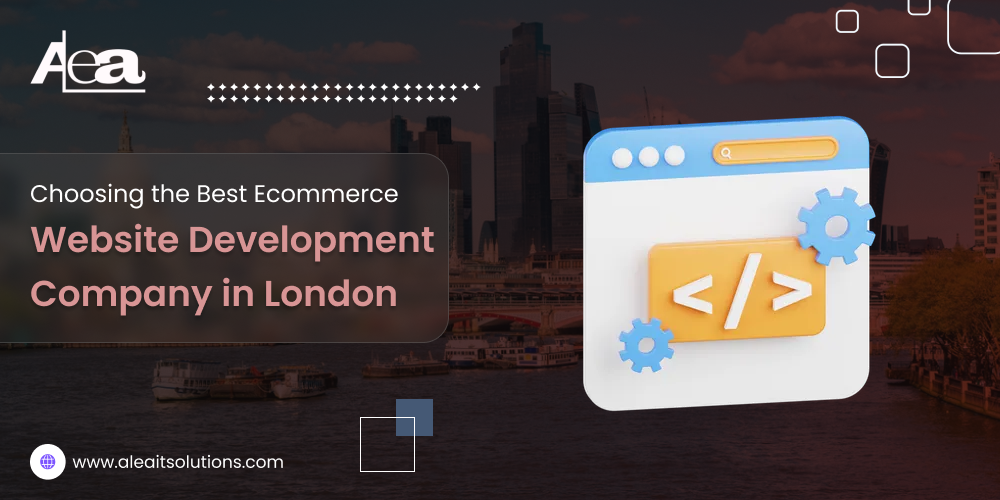Choosing the right architecture for your application is an important decision that affects scalability, performance and future development. The two popular options dominate the world of software development: microservices and unbroken architecture. Each has its own strength, and the right choice depends on the goals, complexity and long -term vision of your project.
In this blog, we will break the difference between micro-service and unbroken architecture, which will help you decide that it is best for your application.
What is Monolithic Architecture?
Monolithic architecture is a traditional software development model where all components of the application are created as a single unit. UI, business logic and database access are tightly integrated and run as the same process. All modules are interconnected, and any change or update requires reconstruction and rebuilding the entire system.
Pros of Monolithic Architecture:
- Simplicity: It is easy to develop and deploy, especially for small applications.
- Performance: Rapid communication between components because they share the same memory and resources.
- Low Initial Cost: Growth and maintenance is simple, making it cost effective for small teams.
Cons of Monolithic Architecture:
- Limited Scalability: Scaling is challenging because the entire application needs to be repeated, even if only one part needs more resources.
- It is Difficult to Update: Cor updates in a module can affect the entire system, requiring extensive testing and redistribution.
- Hard Maintenance: Such as the application increases, the codebase can be complex, which can lead to technical debt and slow growth.
What is Microservices Architecture?
Microservices Breaks the architecture application into small, independent services, each responsible for a specific business function. Each microservices is operated as a separate entity, often communicating through APIs. This approach allows for more flexibility and scalability, as individual services can be developed, deployed and scaled independently.
Pros of Microservices Architecture:
- Scalability: Each microservice can be extended independently, ensuring better resource management.
- Rapid Significance: Teams can work on various services simultaneously, accelerating development and deployment cycles.
- Flexibility: If a service fails, it is not necessary to affect the entire system. This overall system increases reliability.
- Technology Flexibility: Each service can use various technologies, allowing teams to choose the best equipment for specific tasks.
Cons of Microservices Architecture:
- Complexity: Management of many services introduces challenges in communication, deployment and surveillance.
- High Cost: Microservices often require more infrastructure and refined monitoring devices, increasing operating costs.
- Communication Overhead: Services communicate through APIs, which can offer delay and possible performance bottlenecks.
When to Choose Monolithic Architecture
Monolithic architecture is ideal for:
- Small Application: If your project is simple, with limited functionality and users, unbroken architecture provides rapid growth and easy management.
- Tight Deadline: If you need to launch quickly and do not estimate rapid growth, unbroken architecture may be a efficient solution.
- Low Budget: Monolithic applications are more cost-effective to develop and maintain, making them suitable for startups or small businesses.
When to Choose Microservices Architecture
Microservices are best suited for:
- Large, Complex Applications: If you have many functions in your application and need to handle high traffic, microservices enable better scalability and flexibility.
- Repeated Updates: If you expect regular updates, microservices allow separate deployment, without disrupting the entire system.
- Long-Term Development: If your business is planning to expand its application features and user base, microservices provides more scalable and future-proof solutions.
Making the Right Choice
Selection between microservices and unbroken architecture depends on the requirements of your specific project:
- Start small, Think Big: For startups or small applications, starting with a unbroken structure can be more practical. As the project increases, it can be refuted to microservices.
- Consider Future Scalability: If you estimate rapid scaling or combine multiple features over time, it may be worth investing in microservices from the beginning.
- Evaluate Team Expertise: Microservices require high level of specialization in areas such as devops, container and distributed systems, so make sure your team has the necessary skills.
Conclusion
Both microservices and monolithic architecture have their own location in software development, but the best option depends on the size, complexity and growth capacity of your application. While unbroken architecture provides simplicity and rapid growth for small projects, microservices provides scalability and flexibility required for large, dynamic applications. Carefully evaluate your project needs and long-term goals to make the right decisions for your application architecture.




